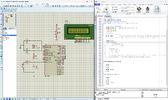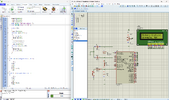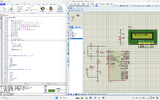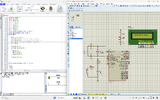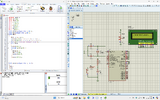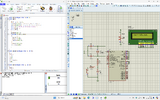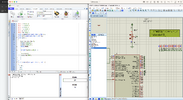I would like to know why after E is printed in the 2nd line completely, after some time why it starts to print on first line too.
Simulation: Ive used the Proteus Version 8.16
Compiler: CCS Compiler 5.008
P.S Im a new joiner to this forum. So if there are any mistakes, please let me know. Ill try to follow the rules next time
Simulation: Ive used the Proteus Version 8.16
Compiler: CCS Compiler 5.008
P.S Im a new joiner to this forum. So if there are any mistakes, please let me know. Ill try to follow the rules next time
Attachments
Last edited:
